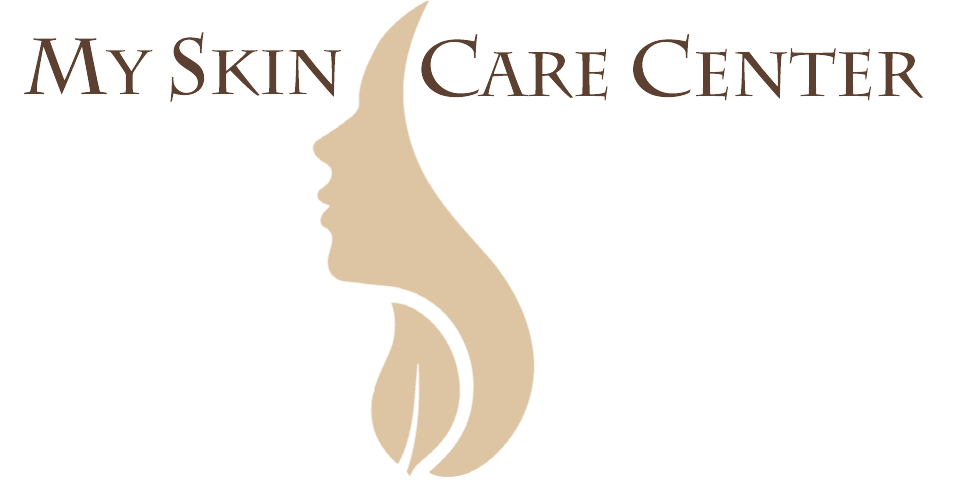PCOS AND HIRSUTISM
POLYCYSTIC OVARY SYNDROME (PCOS) AND HIRSUTISM
"What exactly is PCOS and how does it cause hirsutism in our clients? PCOS is one of the most common endocrine disorders facing women today, affecting as many as five million women in the U.S. It affects up to 10 percent of women of reproductive age (12 to 45 years) although it can be found in girls as young as seven or eight and women well past menopause. This disorder is thought to be the leading cause of diminished capacity for fertility in women. Although PCOS is one of the leading causes of infertility, the reproductive aspects of the disorder are secondary as PCOS is not limited to women of reproductive age and may not improve after menopause.
PCOS is known as polycystic ovarian syndrome. Common symptoms of PCOS may include irregular or no menstrual periods for women of reproductive age; irregular ovulation with or without bleeding; severe acne including cystic acne; thinning scalp hair; excessive hair growth on face and body (hirsutism); build up of follicles on the edges of the ovaries, these are often mislabeled as "cysts" and called "polycystic ovaries."
It is not necessary to have all of these symptoms to have PCOS and in fact, it is not necessary to have the "polycystic ovaries" to have PCOS.
Weight management issues are found in over 60 percent of those suffering from PCOS. This can lead to obesity even with normal caloric intake due to the glucose which is stored as fat instead of being used as energy, or being made available for other functions within the body. This can lead to chronic fatigue and under nourishment. It is important to note that 40 percent of women with PCOS exhibit normal weight and may even fall under the normal weight range. Insulin resistance and diabetes are also exhibited in those with PCOS. More than 50 percent of women with PCOS will have diabetes or impaired glucose tolerance(pre-diabetes) before the age of 40.
Acanthosis nigricans may also be present. This is the medical term for darkened, velvety skin on the nape of the neck, armpits, inner thighs, vulva, or under breasts. This skin condition is a sign of insulin resistance.
The risk of heart attack is almost seven times higher in women with PCOS than those without this condition. These women also have a greater risk of high blood pressure, stroke, higher LDL(bad) cholesterol and low levels of HDL(good) cholesterol, and often develop sleep apnea, when breathing stops for short moments during sleep. PCOS sufferers may also develop anxiety and depression.
Women with PCOS may also be a risk for endometrial cancer. Estrogen is produced, but progesterone is not due to the irregular menstrual cycles and lack of ovulation. Without progesterone the lining of the womb, called endometrium, will become thick and will not shed during the menstrual period. Over time this can cause heavy or irregular bleeding and can lead to a condition where the lining grows too much and may cause cancer.
More than 75 percent of clients with PCOS have some level of hirsutism. This is an over production of the hormone, androgen. Hirsutism can be caused by an increased level of androgens or an oversensitivity of hair follicles to androgens. New studies implicate high circulating levels of insulin in women that contribute to the development of hirsutism. It is speculated that innsulin, at high enough concetration, stimulates the ovarian cells to produce androgens.
While the actual cause of PCOS is unknown, these factors likely play a role: Insulin is the hormone produced in the pancreas that allows cells to use sugar(glucose), it is the body’s primary energy supply. If the body has insulin resistance, the ability to use insulin effectively is impaired, and the pancreas has to secrete more insulin to make glucose available to cells. The excess insulin is thought to boost androgen production by the ovaries.
Heredity may also play a role in PCOS. If a female family member has PCOS, the client might have a greater chance of having it, too.
There is no specific test to definitely diagnose polycystic ovary syndrome. The diagnosis is one of exclusion. A medical history and physical exam will take menstrual cycles, weight, blood pressure, and various symptoms into consideration. A pelvic examination and ultrasound will inspect reproductive organs for signs of masses, growths, or other inconsistent abnormalities. Blood test will also be performed to measure hormones, cholesterol, and tryglyceride level.
Treatment of PCOS is usually centered on specific concerns. The physician might suggest regulating menstrual cycles through prescription medications. As professional electrologists we work with the PCOS clients to assist in removal of the excess hair associated with hirsutism. In addition to prescription medications, clients with PCOS might investigate more holistic or natural forms of care such as a diet rich with complex carbohydrates such as whole grains, brown rice, and beans; increased exercise program and supplements like alpha lipoic acids, B12 and B6, folic acid, vitamin D, magnesium, and cinnamon root.
Treatment of symptoms can often mask the underlying issues which can lead to more serious conditions, like diabetes and endometrial cancer, so a team approach to care includes a primary physician or ob/gyn, endocrinologist, dermatologist, nutritionist, physical trainer and electrologist!
Helping our clients deal with the hirsutism or acne associated with PCOS will alleviate some of the stress that goes along with this condition. Understanding the underlying causes and symptoms may allow you to help a client struggling with undiagnosed PCOS to seek a physician’s care and perhaps discover the answer to a long time health concern."
by Nadine Toriello, The Society for Clinical & Medical Hair Removal, Inc
Related articles:
Polycystic Ovary Syndrome (PCOS)
PCOS facts
PCOS diagnosis
